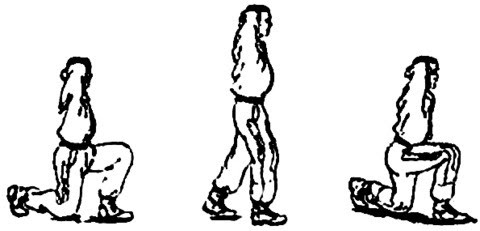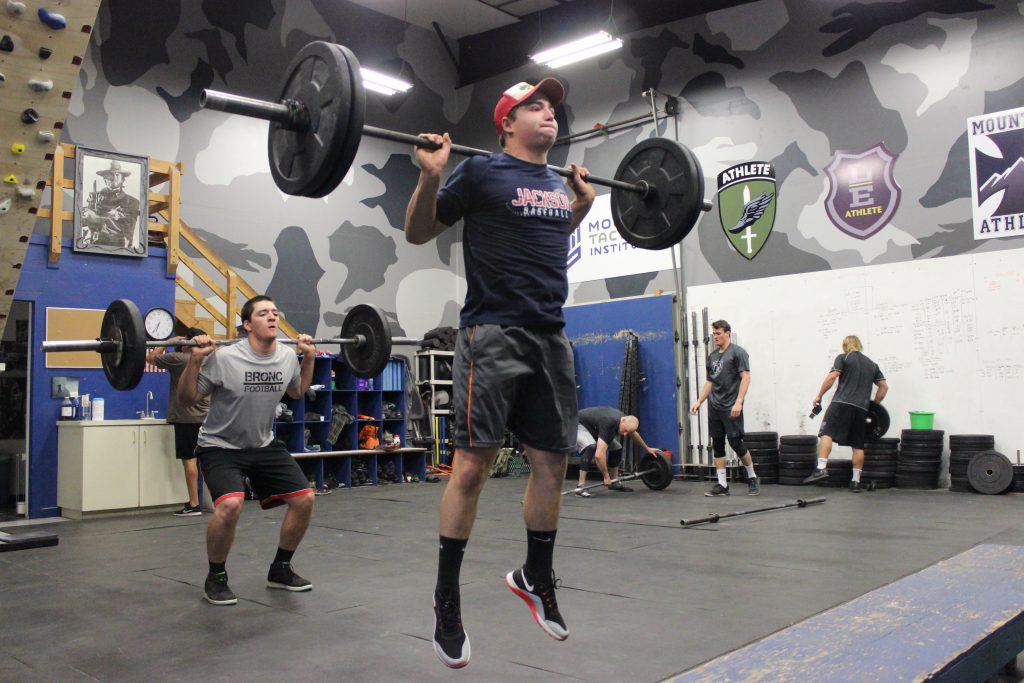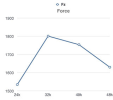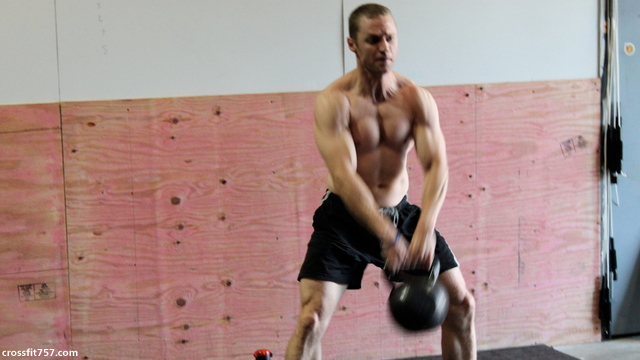Sccclayton
Level 1 Valued Member
| I’ve had nice results from this program so far. I would like to add some plyometric movement, but jump squats are not recommended in the book. Would lunge jumps be an option? |
| I’ve had nice results from this program so far. I would like to add some plyometric movement, but jump squats are not recommended in the book. Would lunge jumps be an option? |
Lunge JumpsI’ve had nice results from this program so far. I would like to add some plyometric movement, but jump squats are not recommended in the book. Would lunge jumps be an option?
Unilateral MovementsI prefer unilateral movements as I think they have a bit more transfer.
What Book?In the book, jump squats were not recommended due to potential orthopaedic issues based on volume of reps. I thought lunge jumps were less demanding than the jump squats.
From a newsletter about a year ago:In the book, jump squats were not recommended due to potential orthopaedic issues based on volume of reps. I thought lunge jumps were less demanding than the jump squats.
| |||
|
Jump Squats For Endurance
The bodyweight jump squat is a solid “strong endurance” developer.
Not everyone can maintain the above technique and safely handle repetitive intense ballistic loading.
100 consecutive reps are considered good
Cluster Set Trainingmost of the time: low reps and short rests.
 mtntactical.com
mtntactical.com
The book wasUnilateral Movements
They have a place in training.
However, Bilateral Movement need to be trained, as well.
Stabilizer and Primary Muscle Development
1) Unilateral Movements
a) They are an effective method of increasing Strength in the Stabilizer Muscles.
b) They are less effective at developing Strength in the Primary Muscles.
2) Bilateral and Gym Machine Muscle Development
a) They are an effective method of increasing Strength in the Primary Muscles.
b) They are less effective at developing Strength in the Stabilizer Muscles.
The Take Home Message
Employing Unilateral and Bilateral Exercise in a program elicit a greater training effect.
Not Recommended
Back to this. Why are Jump Squat not recommended?
Who come up with that and why?
This was what I was looking for. Thank you!From a newsletter about a year ago:
The bodyweight jump squat is a solid “strong endurance” developer.
Quickly squat below parallel in a stance slightly wider than your shoulders. The spine neutral, the abs braced, the heels down, the knees tracking the feet.
Explode up, jump, land on the balls of your feet, roll back to your heels, and repeat.
The jump squat lends itself to many A+A protocols—but does not suit many trainees. Like the kettlebell snatch, it is a “restricted entry” exercise. Not everyone can maintain the above technique and safely handle repetitive intense ballistic loading.
A simpler and safer alternative is the split jump squat. It is trained and tested in the military and law enforcement throughout Eastern Europe.

Extend your hips fully on the top of each jump. Do not go crazy on the height, as this is an endurance exercise.
Make sure your front foot rolls from the toe all the way to the heel as you land.
Instead of clasping your hands behind your neck you may hold your hands in a fighter’s guard.
100 consecutive reps are considered good—but we suggest that you stick to A+A programming most of the time: low reps and short rests.
E.g., start with 3 reps every 30sec and build up to 30min—while passing the talk test before every set.
Then switch to 4 reps every 30sec and repeat the process.
Then 5 reps…
Keep adding reps for as long as you are able to keep passing the talk test and your joints are not complaining.
Do the above 3 times a week
I'm also a big fan of the Leg Blaster Circuit and have had excellent success with this circuit for trail running and GPP.Hello,
I used the routine below with good results for both trail running and boxing
Leg Blaster - Mountain Tactical Institute
1x Leg Blaster = 20x air squats + 20x in-place lunges (10x each leg) + 20x jumping lunges (10x each leg) + 10x squat jumps “Mini Leg Blaster” = 10x air squats + 10x in-place lunges (5x each leg) + 10x jumping lunges (5x each leg) + 5x Squat Jumps Looking for […]mtntactical.com
Kind regards,
Pet'

 mtntactical.com
mtntactical.com
Power DevelopmentI am interested in developing maximum power.


| Style | Load (lbs) | Peak Vertical Force (N) | Peak Horizontal Force (N) |
|---|---|---|---|
| Squat Style | 70 | 2,170-2,349 | 166-182 |
| Squat Style | 140 | 2,431-2,444 | 278-353 |
| Hip Hinge Style | 70 | 1,935-2,140 | 340-402 |
| Hip Hinge Style | 140 | 2,325-2,550 | 499-520 |
